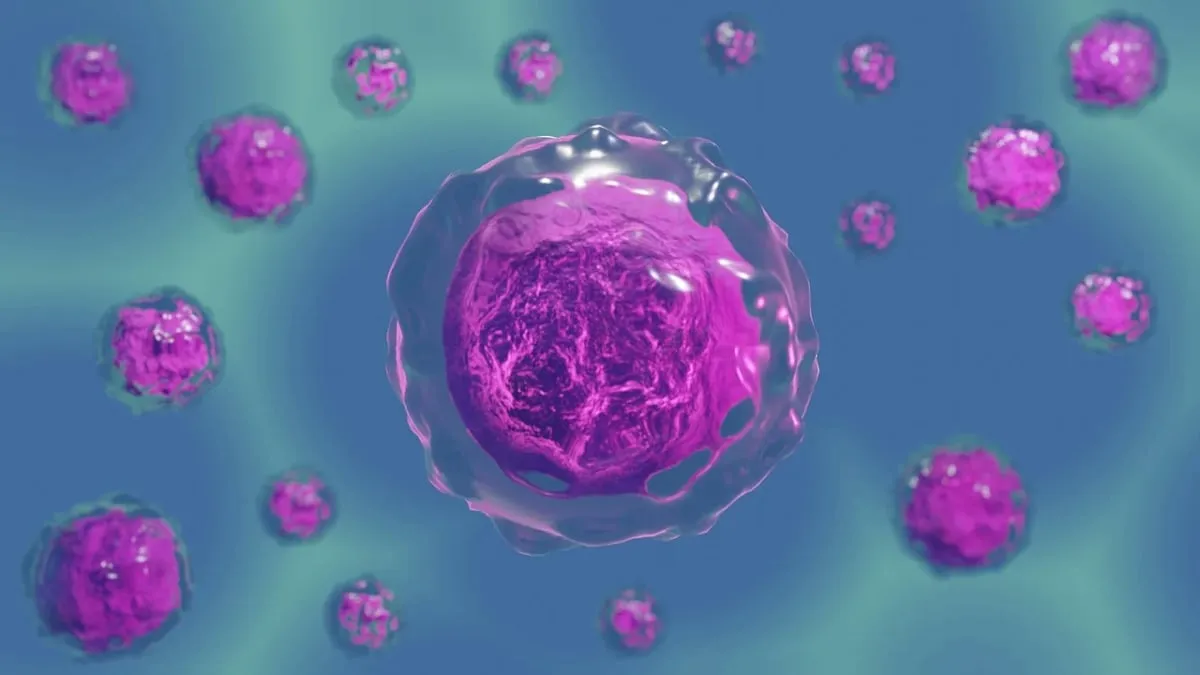Reversal of Ageing in Mouse Oocytes: Implications for Human Fertility

The Rejuvenation Technique
The process involves removing aged oocytes from older mice and transplanting them into young mouse follicles. As oocytes age, they encounter challenges with cell division, resulting in chromosomal errors and increased miscarriage rates. By reintroducing these older oocytes into a young follicle, scientists claim they have managed to restore critical cellular connections and enhance overall cell function.
Significance for Fertility
Rejuvenated oocytes demonstrated improved maturation rates and fewer chromosomal abnormalities. Successful pregnancies were achieved when these eggs were fertilized and reimplanted into mice. The research team, led by Dr. Rong Li, indicates that this method could potentially be adapted for human cells, providing new hope for treating age-related fertility issues.
Looking Ahead
The implications of this research are striking. Should similar methods be developed for human application, they could transform how we address age-related fertility challenges. This study emphasizes the follicular environment's role in egg quality, opening pathways for future advancements in reproductive health.
Disclaimer: The information provided on this site is for informational purposes only and is not intended as medical advice. We are not responsible for any actions taken based on the content of this site. Always consult a qualified healthcare provider for medical advice, diagnosis, and treatment. We source our news from reputable sources and provide links to the original articles. We do not endorse or assume responsibility for the accuracy of the information contained in external sources.
This article was prepared using information from open sources in accordance with the principles of Ethical Policy. The editorial team is not responsible for absolute accuracy, as it relies on data from the sources referenced.